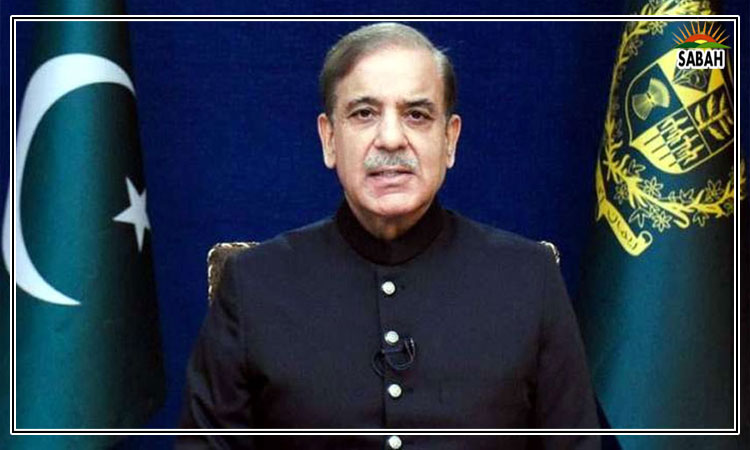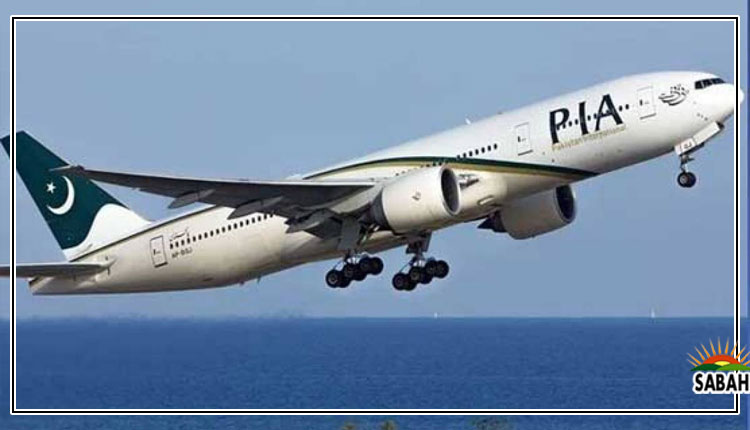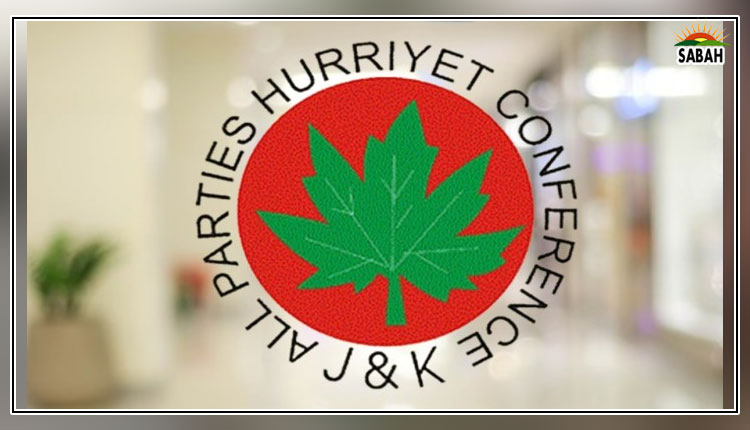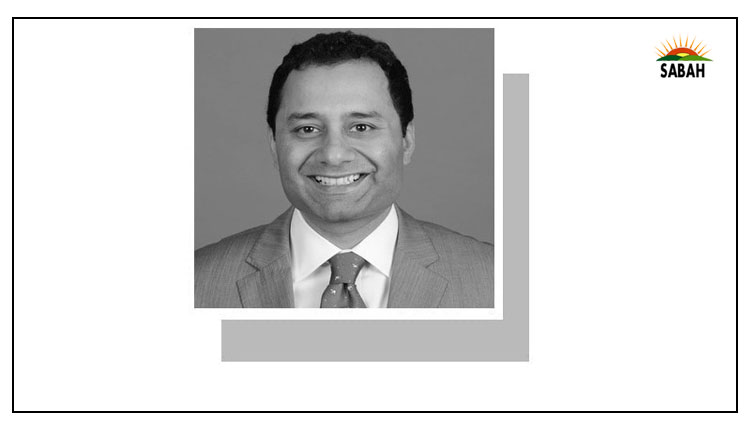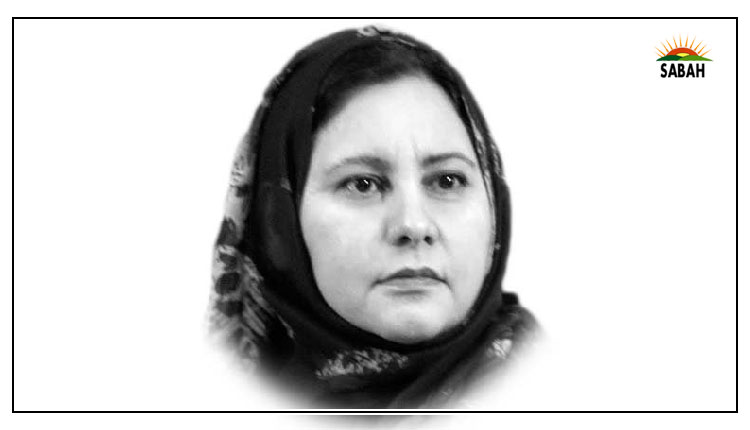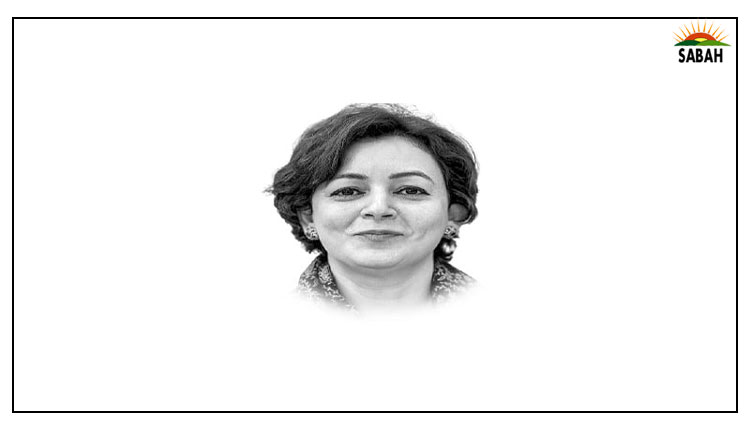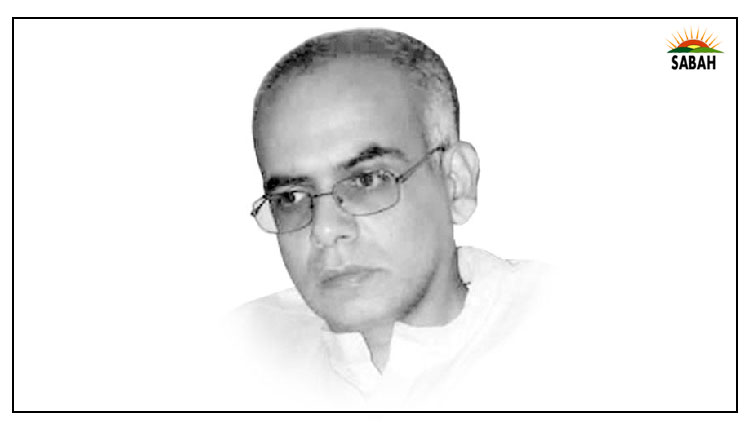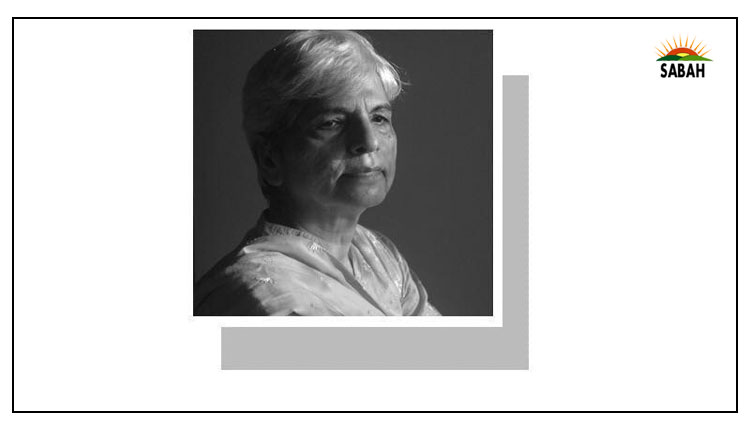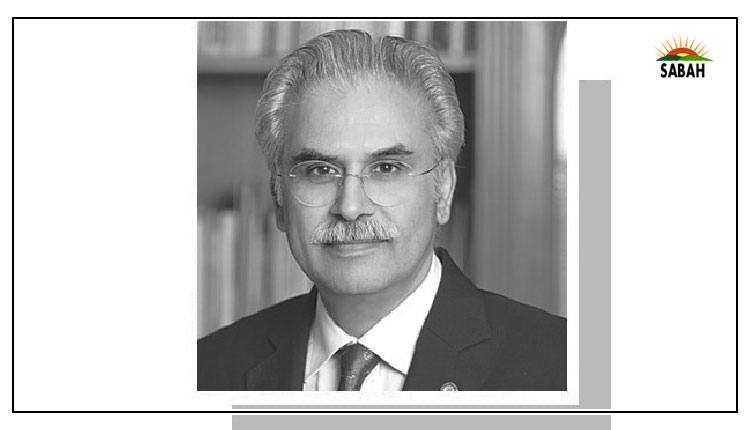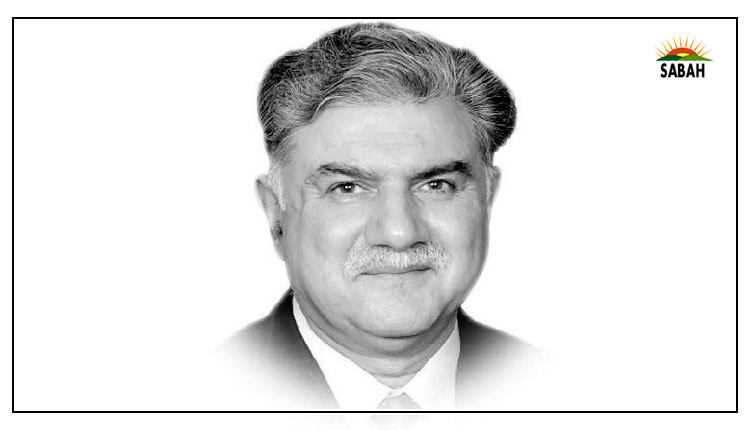Kurram – coexistence and cooption…Inam Ul Haque
In the previous two columns, we deliberated upon the geo-demographics, socio-economics and military aspects of the larger Kurram District and its sectarian linkages to Kohat and Orakzai Districts. Discussion concluded that: a) the area geography and demography ask for ‘enforced’ peace as an existential imperative; b) the sectarian conflict has transformed into proxy war between TTP and the Zainabiyun militants; c) Jirgas are an ineffectual Conflict Resolution Mechanism (CRM) that can complement ‘Modern Administration’ in contemporary Pakistan, but not replace it; d) consequent truces cobbled together in Jirgas never last, as contemporary Jirga relies on State machinery for truce enforcement and implementation; in the not very distant past, Jirgas used to have their own enforcement tools like Chalweshti and Lashkar effectually no more; and e) the KP provincial government needs to get involved at the highest level to resolve this archaic conflict, by addressing the ‘root’ causes, and not the symptoms. Two options – effective and powerful ‘intercession’ between the warring tribes and ‘population relocation’ – were suggested. We deliberate these approaches.
Firstly, the State intercession between the tribes. Up to 2007, peace in larger Kurram was enforced by the collective intercession of LEAs and political administration with tribal elders in support, after the tribes had exhausted their military and economic capital in the initial flare-up, as fighting costs money and lives and affects local economy. Jirga-mediated truces are just face-saving solutions, at best. However, with increased intensity in violence and the introduction of TTP and Zainabyoon militants, the nature of conflict has morphed into a proxy conflict where, besides Turis and Bangash, these two additional elements are also stakeholders. This enhances the complexity of conflict and CRM.
Therefore, the Government has two sub-options: a) to let the tribes fight it out till they reach their ‘culminating point’ and voluntarily agree to ceasefire and a ‘temporary’ peace, until the next inevitable flare-up; or b) sit in between with lethal force to enforce a ceasefire and restore peace. The first sub-option runs the risk of increased loss of human life and damage to property, besides enhancing political, social and psychological costs. The State cannot be just a bystander in modern times. Hence the natural course of action is to intercede forcefully to enforce peace, whatever it takes. The innate Pashtun sociology supports stronger State, acting justly and neutrally. There is no consequent acrimony or anti-state sentiment as the Government enforces peace, if history is any guide.
To enforce peace, the Parachinar-Bagan belt along River Kurram must be ‘held in strength’ along with the towns of Sadda, Bagan, Alizai and Hangu. Main communication artery, Road Parachinar-Kohat has to be kept open through strong mobile picqueting; reserve forces be maintained to react effectively and quickly; some aviation assets be relocated to Kohat; and artillery deployment at Sadda, Alizai, Bagan and Hangu be planned or as the ranges permit, to cover Upper and Central Kurram. Intelligence needs to be strengthened, and imbalances in the Tall Scouts and Kurram Militia addressed. The question of efficacy of Turi and Bangash troops operating in their areas analysed and sorted out following ‘tested’ solutions. Army troops be only employed as ‘feared’ neutral interlocutors.
Second, population relocation. This is not a mass exodus per se. Parachinar Sunnis were completely evicted by Shia community against saner advice. Had the relocation been under state patronage with compensation paid as per tribal and administrative norms, the enduring sentiment of the evicted Sunnis – now holding the road from Sadda to Alizai in collaboration with TTP and initiating the recent sectarian fighting – could have been avoided.
The area has defined sectarian enclaves, namely the Sunni villages of Boshera and Balash Khel, the endemic flashpoints; the Suni pocket of Mangal/Maqbal west of Parachinar; the Sadda-Bagan belt divided almost equally by Kurram River; and the Shia pockets of Hangu and Usterzai. Boshera/Balash Khel need priority handling. The Sadda-Bagan belt is well defined into Sunni (left bank of River Kurram) and Shia (right bank), with some Sunni villages in between.
However, for voluntary relocation to be successful, two conditions need to be met. One, the land redistribution should be in accordance with settlement records (ishtimal) in Upper and Lower Kurram, as applicable; and two, the sect enclaves be provided separate entry/exit routes without crisscrossing each other. Such relocation can be suitably phased by allowing time for opinion mobilisation and resource allocation. However, as a confidence-building measure, the Government needs to resolve the compensation issues for earlier Sunni displacements to Sadda, Bagan and elsewhere on priority.
As far as routes are concerned, whereas the Sunnis of Mangal/Maqbal tribes can possibly travel via Afghan territory to re-enter Pakistan at Kharlachi, once suitable arrangements in the border fence, and with Afghan Government are made; the Shia population of Parachinar faces complexity. They, after 2007, also used the Afghan route via Teri Mangal. To continue doing so, Turis need abiding peace with Mangal and Maqbal tribes, a recurring impracticality.
In more practical terms, Shia usage of ‘Defence Road’ along the right bank of Kurram River from Parachinar to Tall, as an alternative, is feasible, for which the road condition needs improvement. Shia safety on this road up to Bagan/Alizai is relatively easy. It is Bagan/Alizai to Tall, some 20 km, that security arrangements will have to be made due to Sunni population, or else the road be re-aligned. Beyond Tall, up to Kohat, the economic integration precludes large-scale conflict, except for the history of violence in Hangu (2006), for which the Government must remain on guard.
Irrespective of any option adopted as discussed, vigorous de-weaponisation and economic and social development must be undertaken simultaneously. The Government needs to follow the 3D Model of ‘De-mobilisation, Disarmament and De-radicalisation’. For this, local Jirgas with ‘rightful incentives’ under State watch can be useful. The US model of DDR (Disarmament, Demobilisation and Reintegration) in the neighbouring Afghanistan during recent Western occupation can also be studied. As an incentive, the Government can ‘buy back’ heavy weapons first. However, weapon smugglers benefiting from such exercise, as was the case in South Waziristan in 2004-2006, should be prevented. Rigorous follow-up mechanisms and checks against relapsing of the area into lawlessness and re-arming be put in place. Tribal arsenals (qaumi asliha) need to be declared and confiscated.
In contemporary Afghanistan, nobody except security personnel, are allowed to carry arms. If IEA can de-weaponise Afghanistan, we too can!
COURTESY ![]()


